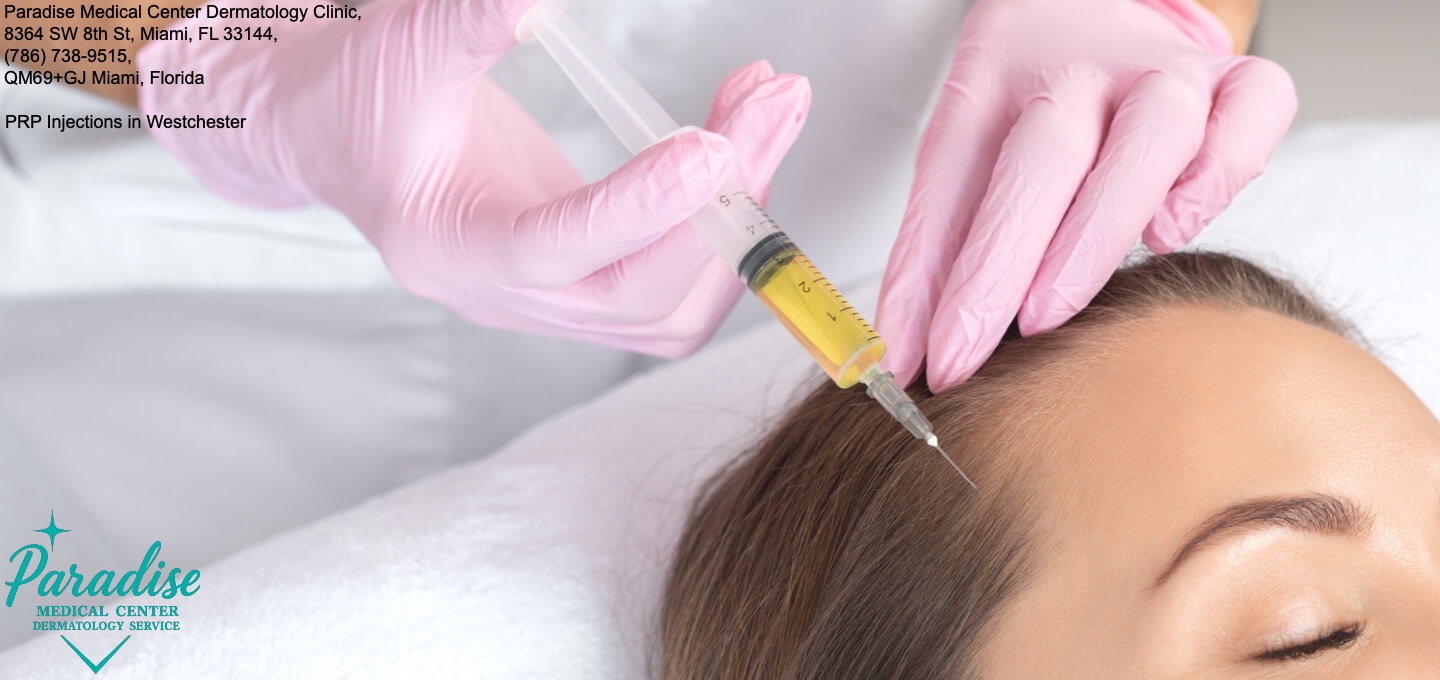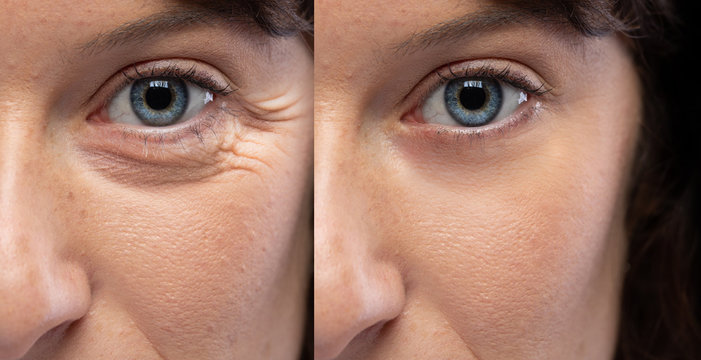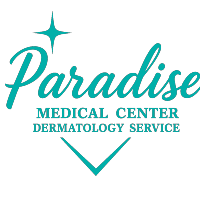Treating Eczema in Children – Dermatologist Near Doral & Medley
Families in Doral and Medley know South Florida living can be tough on sensitive skin. Heat, humidity, sweat, and common household products can trigger or worsen pediatric eczema (atopic dermatitis). At
Paradise Medical Center Dermatology Clinic in Westchester, FL,
Dr. Teresa Moreno and our team provide gentle, effective treatment plans tailored to children—helping calm flare-ups, repair the skin barrier, and keep little ones comfortable day and night.
What Is Pediatric Eczema?
Eczema is a chronic, inflammatory skin condition that causes dry, itchy, red patches. In children, it commonly appears on the cheeks, scalp, arms, and behind the knees or elbows. Scratching can lead to open skin, discomfort, poor sleep, and—if untreated—secondary infection. The good news: with the right plan, most kids experience major relief and fewer flare-ups.
Common Triggers in Doral & Medley
- Heat & humidity: Sweat and friction from clothing can irritate sensitive skin.
- Soaps & fragrances: Scented cleansers, detergents, and fabric softeners can strip the skin barrier.
- Environmental allergens: Grass, pollen, and dust mites often worsen itch and redness.
- Stress & poor sleep: Nighttime itching can create a cycle of irritation and fatigue.
- Swimming: Pool chlorine or ocean salt may sting active rashes without quick rinse-offs and moisturizer.
The “Soak & Seal” Daily Routine
A simple, consistent routine is the foundation of eczema control:
- Short, lukewarm bath or shower (5–10 minutes): Use a gentle, fragrance-free cleanser on soiled areas only. Avoid hot water.
- Pat—not rub—dry: Leave a little water on the skin.
- Seal within 3 minutes: Apply a rich, fragrance-free moisturizer (ointment or cream) head to toe. Ointments lock in moisture best during active flares; lighter creams may be preferred in very humid weather.
- Dress in soft layers: Choose breathable cotton; avoid scratchy fabrics and tight seams over hot spots.
For sun-safe outdoor time and family protection habits, see
best sunscreen advice for families in Hialeah parks.
Medications & In-Clinic Care
Depending on severity and your child’s age, Dr. Moreno may recommend:
- Topical anti-inflammatories: These help calm redness and itch during flares. Potency is carefully selected for pediatric skin and body area.
- Non-steroidal options: Calcineurin inhibitors or other steroid-sparing creams can support long-term control, especially on sensitive areas like eyelids.
- Antibacterial strategies when needed: If the skin shows signs of infection (honey-colored crusts, oozing, spreading redness), targeted treatment helps resolve it quickly.
- Barrier repair: Consistent emollients are “daily medicine” for eczema; we’ll help you choose child-friendly textures that work in Miami’s climate.
When inflammation is under control, some families add calming modalities like
LED light therapy to help reduce redness and support recovery.
A Step-Up Plan for Flares
We provide a written “flare plan” so parents know exactly what to do when symptoms spike:
- Increase moisture frequency: Re-apply emollients multiple times daily to hot spots.
- Use prescribed anti-inflammatories as directed: Short, supervised courses calm the flare, then step down to maintenance.
- Wet wraps (when recommended): For stubborn areas, damp gauze or cotton under a dry layer can boost moisturizers and medications.
- Rinse after activities: Quick cleanse and moisturizer after sports, playground time, pools, or beach days to remove sweat, chlorine, or salt.
School, Sports & Everyday Life
- Comfort kit: Send fragrance-free moisturizer and a note for teachers/coaches about re-application during the day if needed.
- Uniforms & gear: Choose breathable fabrics; wash hats and collars regularly to reduce sweat-salt buildup.
- Swim tips: Rinse right after water time; moisturize within minutes; apply your dermatologist-approved medication schedule as needed.
Laundry & Home Environment
- Fragrance-free detergent: Avoid fabric softeners and dryer sheets that leave irritant residues; consider an extra rinse cycle.
- Dust control: Vacuum and damp-dust often; consider mattress/pillow encasements for dust-mite sensitivity.
- Pet dander & pollen: Wipe paws and brush pets outside; keep windows closed on high-pollen days.
What About Food Allergies?
Food triggers are not the cause for most children with eczema. However, targeted evaluation may be appropriate if flares consistently follow specific foods or if other allergy symptoms occur. We’ll guide you on whether testing or elimination trials make sense for your child’s history.
When to See a Dermatologist
Schedule a visit if your child’s eczema:
- Interrupts sleep or daily activities despite routine moisturizing.
- Shows signs of infection (oozing, crusting, fever, rapidly spreading redness).
- Requires frequent medications without lasting control.
- Leaves areas thickened, painful, or significantly discolored after healing.
Our pediatric-friendly approach focuses on comfort, clear instructions, and follow-up so you feel confident managing flares at home.
Related Care & Resources
- Best sunscreen advice for families in Hialeah parks
- Paradise Medical Center Dermatology
- Access top dermatology services in Doral – expert care close to home
Why Doral & Medley Families Choose Us
- Dermatologist-led pediatric care: Plans designed by Dr. Teresa Moreno for safety, simplicity, and results.
- Barrier-first philosophy: We prioritize gentle routines and targeted medications to minimize flares.
- Clear, written plans: Step-by-step guides for daily care, flares, school, and sports.
- Convenient location: Minutes from Doral and Medley, with flexible appointment times for busy families.
Location, NAP & Scheduling
Paradise Medical Center Dermatology Clinic
8364 SW 8th St, Miami, FL 33144
(786) 738-9515
QM69+GJ Miami, Florida
Ready to calm your child’s eczema and restore comfortable, healthy skin? Request an appointment via our
contact page, or explore our full service overview at
Paradise Medical Center Dermatology. Our team will create an age-appropriate plan that fits your family’s routine and Miami’s climate.



